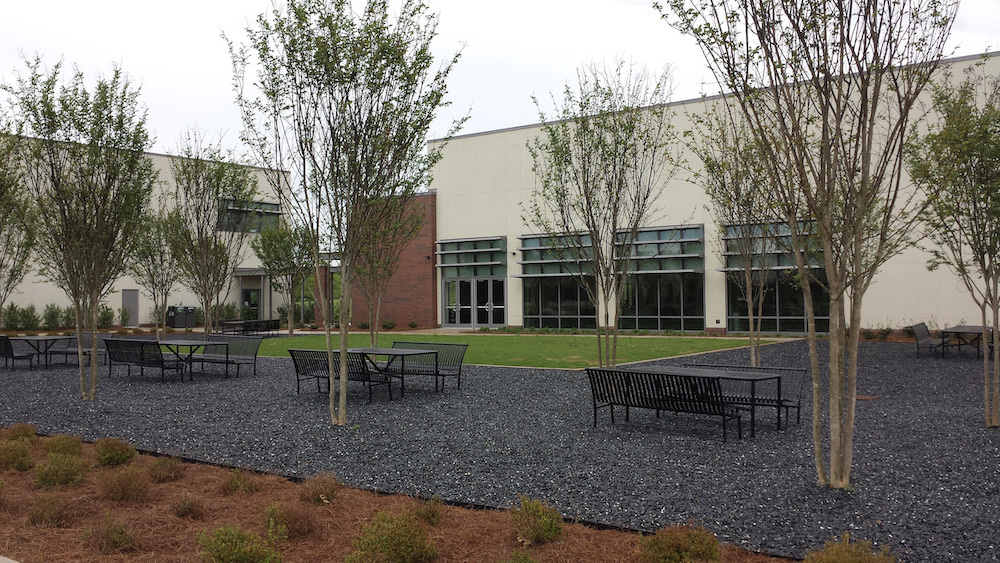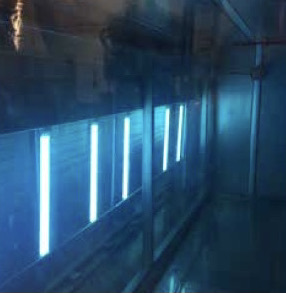Location:
University of Georgia, Athens, GA
Manufacturer Representative:
Tom Barrow Company
Application:
New Construction
Products:
Lumalier AR Fixture

The University of Georgia Veterinary Medicine Learning Center (UGA VMLC) is a state-of-the-art facility for the Veterinary School. The project included five buildings that provide students the opportunity to learn all aspects of veterinary medicine. The facility includes an operational veterinary hospital and pharmacy, as well as classrooms, labs, and barns.
Due to the large amount of outside air required, energy recovery was the main system utilized for the facility. Since this is a teaching facility, low sound levels in the space were a design requirement. The internal coplanar silencers decreased the sound power output from each unit and eliminated the requirement for external duct silencers. This saved on the initial cost of the duct silencers and increased the energy efficiency of the system. The units also contain a Total Energy Recovery Wheel, which recovers latent and sensible energy from the exhaust air streams. The fans are arranged in a blow thru supply-draw thru exhaust arrangement, and the wheel equipped with a factory purge, to minimize any cross contamination between the airstreams. Hot water heating coils using low temperature hot water generated by an energy recovery chiller and chilled water-cooling coils provide additional heating and cooling.
Location:
University of Georgia, Athens, GA
Manufacturer Representative:
Tom Barrow Company
Application:
New Construction
Products:
Lumalier AR Fixture

A Lumalier Adjustable Rack (AR) UVC disinfection system was installed downstream of the cooling coils to provide air disinfection and maintain coil cleanliness and efficiency. These UVC fixtures are designed for effective coil cleaning and improved indoor air quality (IAQ) in any type of AHU system and are prewired at the factory for code compliance. The fixtures are constructed to be amazingly durable, scalable to custom fit any AHU, and are engineered with non-proprietary lamps and ballasts.
In addition, MERV 13 filters were used to save space within the equipment and provide the filtration necessary for this project’s LEED design.